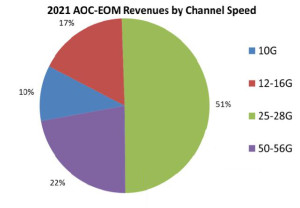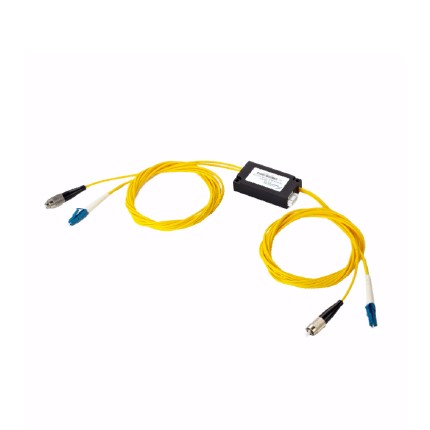
n a new report, IMS Research forecasts that the market for power and cooling products supporting data centers will be worth more than $15 billion by 2014. The report, entitled Data Center Infrastructure Yearbook, shows that the market will grow modestly over the near-term, from approximately $13 billion in 2011.
The study quantifies the market for uninterruptible power supplies (UPS), floor and cabinet-level power distribution, racks and enclosures, and cooling products. The analysis found that UPS is by far the largest market, worth more than $8 billion in 2011.
Jason dePreaux, associate director with IMS Research, says that growth in the data center infrastructure market is a balance between opposing forces. “Digitization continues unabated,” he adds. “Mobile data, electronic health records, and richer Internet connectivity drive data processing and storage needs which, in turn, requires more data centers. At the same time, new server generations offer greater performance per watt, which somewhat mitigates the need for additional critical infrastructure.”
dePreaux believes that economic conditions often play the role of tiebreaker. “The cloudy economic picture severely dampens companies’ willingness to spend on capital-intensive projects like data centers,” he warns.
The new report forecasts the highest growth for products that are used to help improve efficiency in data centers. For example, IMS found that the need to more closely monitor electricity use is reshaping the power distribution market, with intelligent hardware which commands higher prices than their “dumb” counterparts. Cooling equipment is also changing to cope with high-density computing environments. Even enclosures are changing to better facilitate increased airflow and power cabling, notes the study.
Further, over the past five years, three vendors have consolidated their positions in the market via acquisition. The report found that Schneider Electric, Emerson and Eaton combined to hold 47 percent of the total data center infrastructure market last year.
“The big three have each made multiple acquisitions to enhance product portfolios and extend geographic reach,” concludes dePreaux. “Beyond this are literally hundreds of vendors that have carved out smaller niches around the world.”
Related:fusion splicer visual fault locator
This article is from the network



